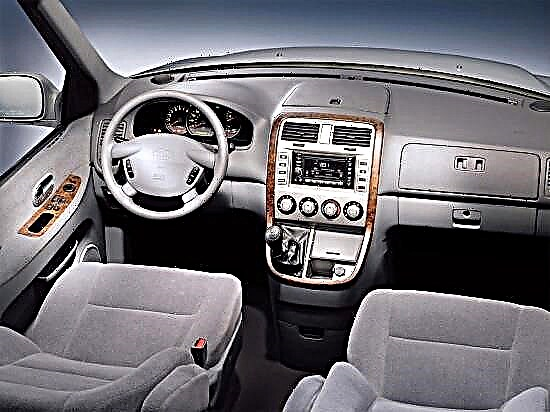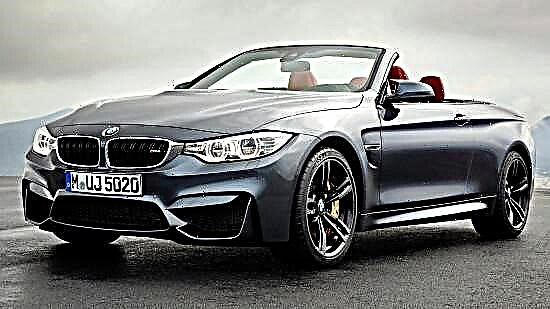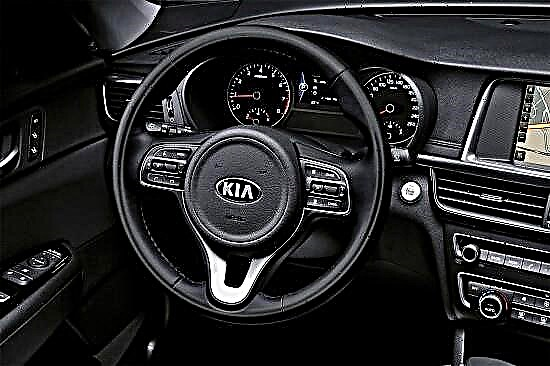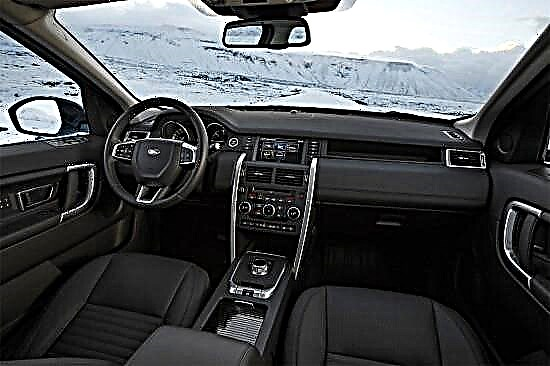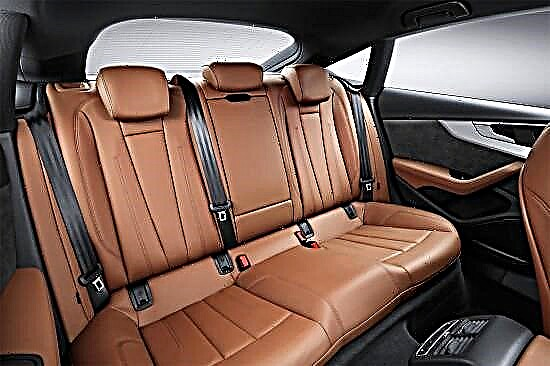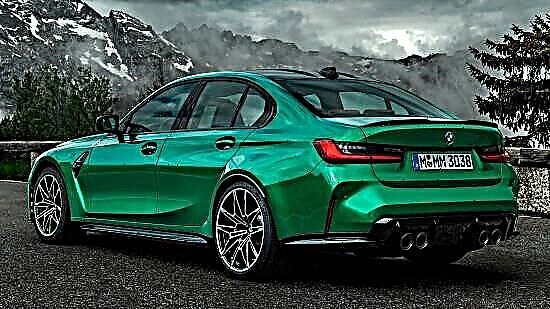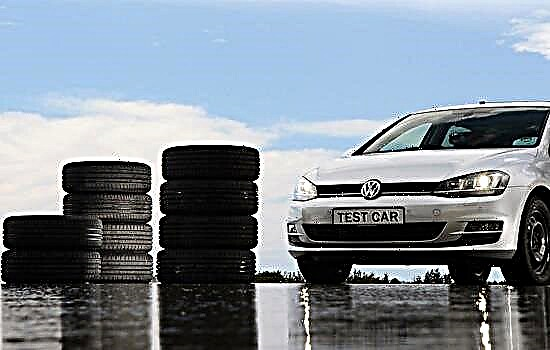Every driver knows that the right tires are the key to safe driving, especially when it comes to high speeds. The greatest distribution on the "hot" C-class models, and just among the tuning enthusiasts, are high-speed tires of the standard size 225/45 R17, which choose such "shoes" not only because of their beauty, but also in order to improve the car's behavior on the road.
True, here you need to immediately dispel one of the misconceptions that stuck to "fast" tires: the speed index does not in any way affect the grip and, accordingly, the braking properties. However, the undoubted advantage of such tires is their higher tensile strength - thanks to the reinforcements located under the tread along the perimeter, they better resist centrifugal force.
So which speed tires are best? Only full-fledged running trials for which a variegated (both in terms of value and in terms of brands) company "automobile shoes" was selected will help to answer the question that has arisen. The most expensive test participants were the "high-speed" tires Yokohama Advan Sport V150 (270 km / h), sold for over eight thousand rubles, and the most affordable - Tigar Syneris with a higher speed index (300 km / h), but costing less than four thousand.
The compact Volkswagen Golf hatchback was used as a tire carrier, and the tests were carried out at an outside temperature of at least +20 and not higher than +30 degrees Celsius.

Even the highest-speed tires are used on the same Russian roads and work in the same conditions as their slower cousins, so they were tested according to a standard program with the same sequence of exercises. First of all, tests were carried out that did not affect the wear of the tread, and the "dry" adjustment remained for the final.
The test was started by a small break-in of the wheels along the speed ring, which also allowed us to assess directional stability and comfort. The tires Nokian Hakka Blue, Nordman SZ, Michelin Primacy 3 and Pirelli P Zero coped best with keeping the given course, but in terms of comfort, Nokian and Nexen steels were preferable, showing good smoothness. As for the acoustic comfort, in this case, there are remarks to all test participants, since the wide protector a priori cannot work quietly and must rustle. But if we single out the laggards in these disciplines, then the current picture looks like this: the Dunlop tires were the most uncomfortable, and the Tigar - the noisiest.
Efficiency measurements showed that there are no obvious leaders and outsiders among the subjects, except that Yokohama and Nexen tires "eat" a little less than others, and Bridgestone, on the contrary, is slightly more voracious.
Based on the purpose, it is difficult to imagine high-speed tires outside the asphalt pavement, however, some of them performed surprisingly well on a dirt rise that mimics a suburban road. But Michelin, Nokian and Nexen were the best in this discipline, while Yokohama and Nordman showed the worst rowing properties.
One of the most important characteristics of "fast" tires is braking on wet and dry surfaces:
- The braking distance on wet asphalt is measured at speeds from 80 to 5 km / h in order to avoid possible wheel blocking and to exclude incorrect ABS operation. And here the palm went to Nokian tires, however, they brought only 0.1 meters to the closest pursuers in the person of Hankook and Continental, but the title of outsider was assigned to Dunlop products.
- On dry surfaces, braking is carried out in the same way, but from a speed of 100 km / h and with more thorough cooling of the brakes between attempts. In this discipline "ahead of the rest" were Continental tires, which won back 0.3 meters from Hankook at once, and the last position, as in the previous discipline, was awarded to Dunlop tires.
After dry braking, slight wear appeared on the tread, despite the presence of ABS in the test car.
In the next test - changing the lane (or, in other words, rearranging) on a twelve-meter segment - the tire is really "eaten up" and after a few dozen runs it looks "tired", but it allows you to evaluate the complex of transverse grip characteristics and drift properties at city speeds:
- On wet pavement, Hankook tires took the lead, while Pirelli and Nokian were behind them.
- On a dry surface, the alignment of forces did not change much, but the same subjects got into the top three, only in a slightly different order - Pirelli, Hankook and Nokian.
In addition, all the leaders in the rating demonstrated trouble-free handling on the rearrangement, only Continental tires received small comments.
The final rating of high-speed summer tires R17 based on test results for 2016:
- Hankook Ventus S1 Evo2;
- Nokian Hakka Blue;
- Pirelli P Zero;
- Continental ContiSportContact 5;
- Michelin Primacy 3;
- Nordman SZ;
- Toyo Proxes T1 Sport;
- Bridgestone Potenza S001;
- Yokohama Advan Sport V105;
- Nexen N6000;
- Tigar Syneris;
- Dunlop Direzza DZ102.
The test winners were the Hankook Ventus S1 Evo2 tires, which did not unconditionally excel in all exercises, but showed stable results everywhere. The Nokian Hakka Blue and Pirelli P Zero tires, which took the next two places on the podium, lost quite a bit to the leader - only one tenth of a percent. On the whole, the results of the tests turned out to be quite natural, because “automobile shoes”, differing in price by more than two times, cannot earn a similar number of points.
As for the speed index, its direct influence on the test results was not revealed. And this suggests a logical conclusion that as such there is no point in buying the "fastest" tires, and besides, on Russian roads, the speed limit of 130 km / h cannot be exceeded.

